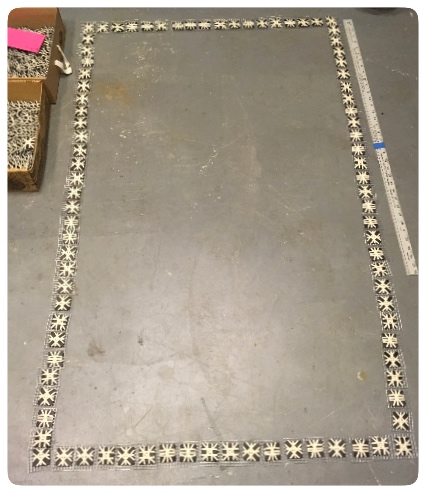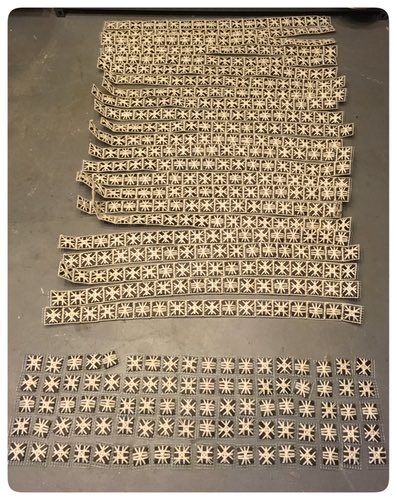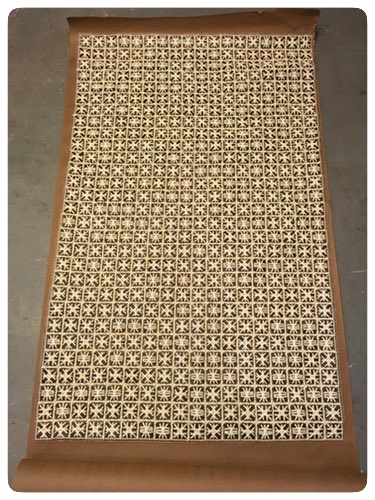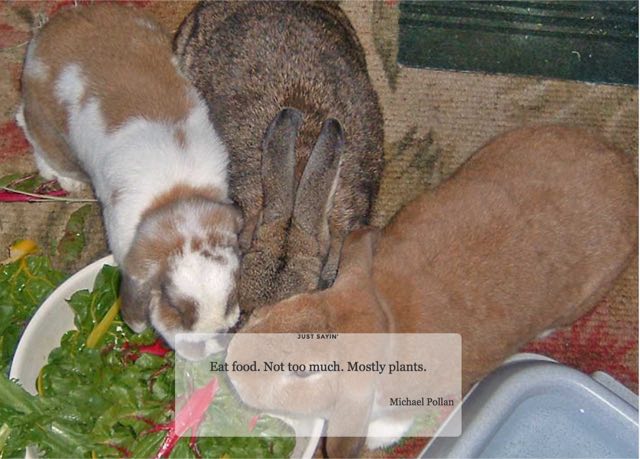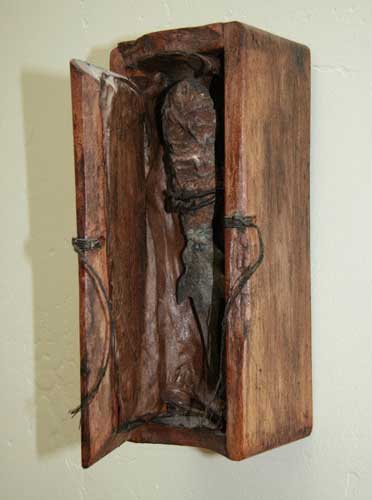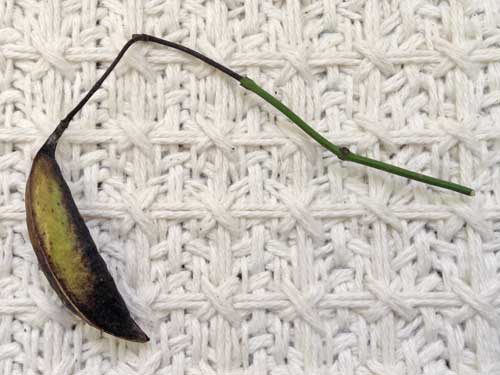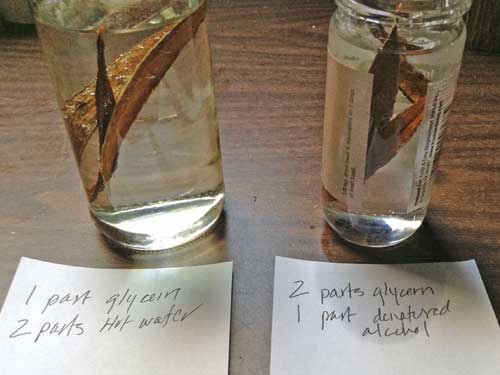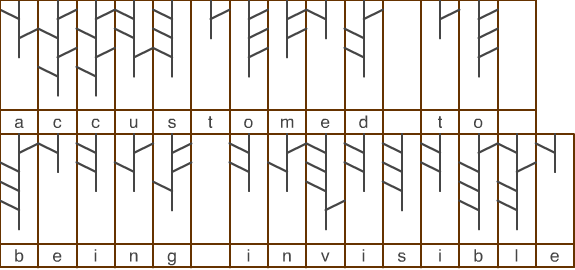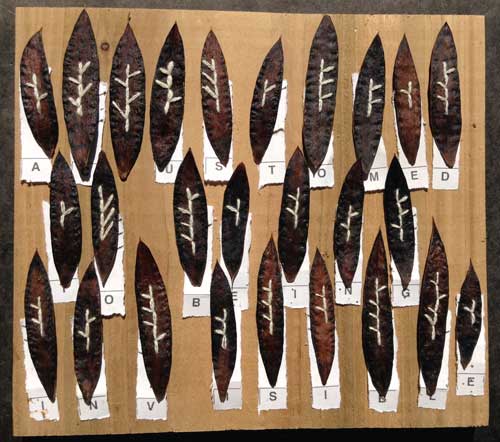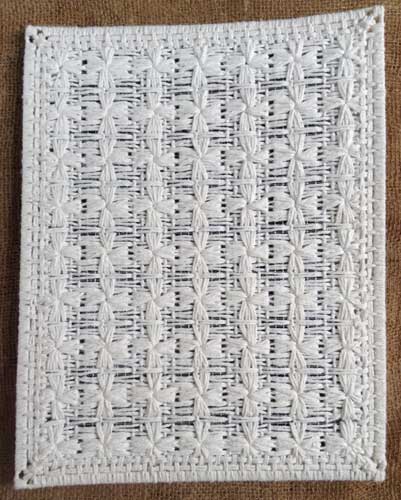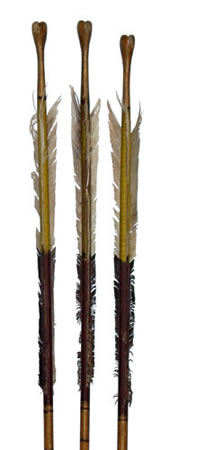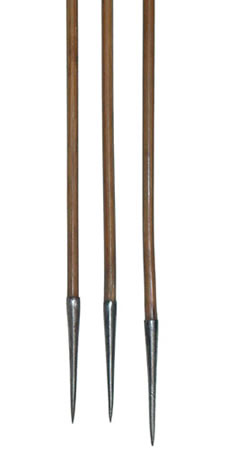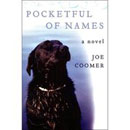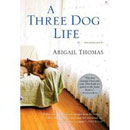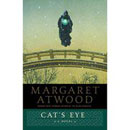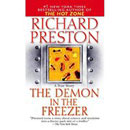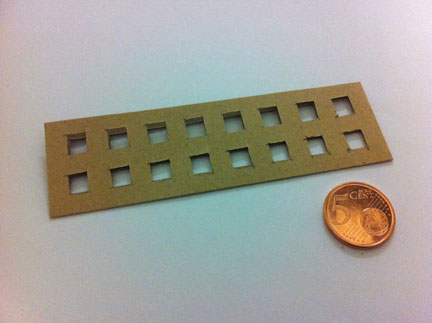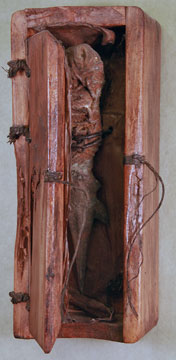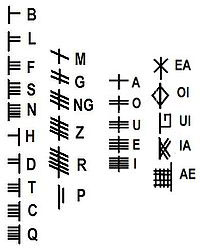I am addicted to Netflix streaming. Recently I listened to Next Stop Wonderland a film I viewed several years ago. I remembered liking the film for the dialog and the Bossa Nova sound track.
The dialog has some interesting notions–
“quietness without loneliness”
“contemplate something beautiful”
“…it’s important to have some daily ritual in your life that gives it a sense of consistency.”
Reading has always been an important part of my life. I like to start the day reading something to set my day. At the close of the day I enjoy reading something as well.
One of my favorite scenes in Next Stop Wonderland occurs in a bookshop. Erin, the central character, drops a book; it falls to the floor open and face down. She picks it up and is about to close it when the book seller says,
“Don’t close it. You should never close a book until you’ve read something from it… just a sentence or a word, it can be very, very revealing…”
I love books–reading them, thinking about them, the way they feel in my hands, the way they smell. When I was young I was taught to respect books. The book should not appear to have been read. Then something happened. First I started dog-earing the top of the pages to mark text in the upper half and the bottom of the pages for text in the bottom half. Then a double fold made if the text I wanted to remember was on both sides of a page.
Now I use books somewhat like a sketchbook. The books that I like quite a lot have dog-eared pages, highlighting, and underlining. And then there is my obsessive note taking, jotting down ideas, and making sketches in the white space.
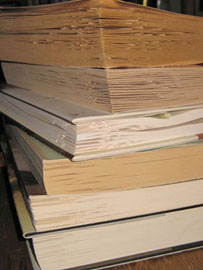
This is a small stack of books that I liked very much when I first read them and when I reread them. Actually I liked them so much, I gave them as gifts. The stack includes work by Joe Coomer, Percival Everett, Brian Morton, Abigail Thomas, Margaret Atwood, and Richard Preston.
When I was preparing the links I realized that nearly all of the books have descriptions of an artmaking process. The exception is Richard Preston’s The Demon in the Freezer.
